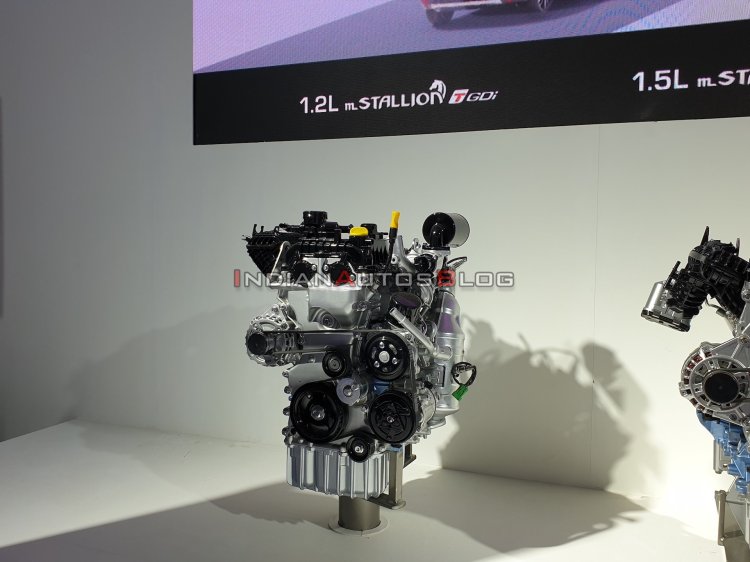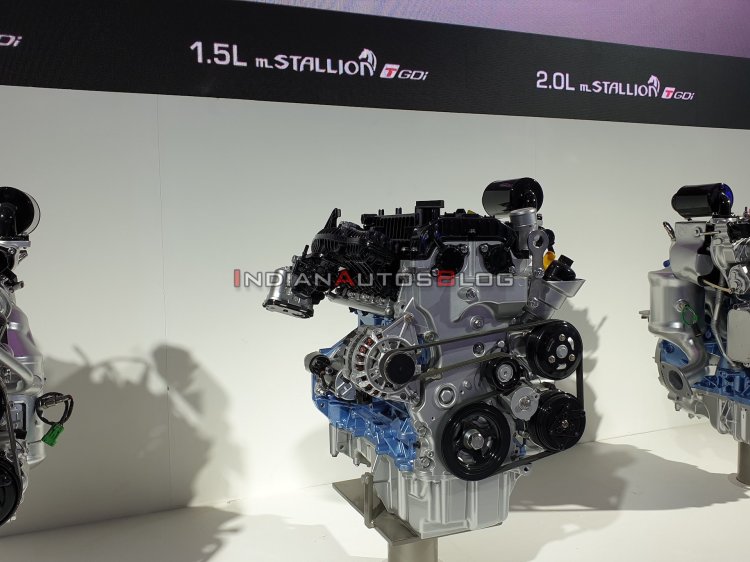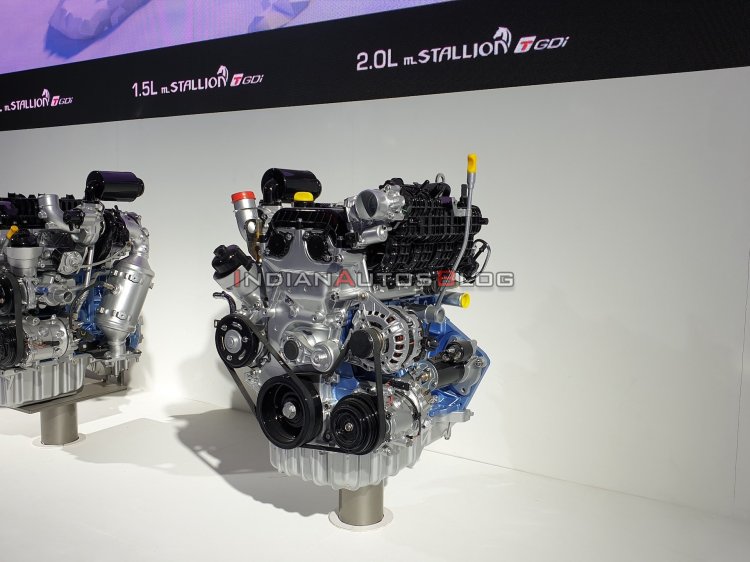Mahindra has introduced its brand-new petrol engines for the next-gen XUV500, next-gen Thar and the next-gen Scorpio at Auto Expo 2020. These petrol engines carry mStallion branding.
Mahindra’s mStallion family comprises three turbocharged direct petrol engines. Announcing these engines, Rajan Wadhera, President (Automotive Sector), Mahindra & Mahindra, said that Mahindra is the first company in the country to manufacture TGDi engines. Mahindra may be the first Indian company to do that, but it was Hyundai that was the first company to manufacture a TGDi engine in India. The South Korean automaker began making its 1.0L TGDi engine in India last year and introduced it first in the Venue.
Speaking further, Wadhera revealed that the new mStallion petrol engines comply with not only India’s BS-VI emission norms but also Europe’s Euro-6d emission norms. Ford and SsangYong will also use them in their vehicles.

The mStallion engines come in three displacements - 1.2-litre, 1.5-litre and 2.0-litre - and feature an overboost function to mitigate the turbo lag at low engine speeds. The 1.2-litre mStallion petrol engine is a three-cylinder unit producing 130 hp at 5,000 rpm and 230 Nm of torque at 1,500-3,750 rpm. It will be available in the Mahindra XUV300 and maybe even the Ford EcoSport.

The 1.5- and 2.0-litre mStallion engines are four-cylinder units. The 1.5-litre unit develops 163 hp at 5,000 rpm and 280 Nm of torque at 1,500-4,000 rpm. The 2.0-litre unit generates 190 hp at 5,000 rpm and 380 Nm of torque at 1,750-4,000 rpm.
The bigger engines will find applications in models like the Marazzo, next-gen Thar (codename: W501), next-gen Scorpio (codename: Z101) and the next-gen XUV500 (codename: W601). The India-specific Ford C-SUV, which will be a platform-mate of Mahindra’s next-gen XUV500, will also use a mStallion engine.

In related news, Mahindra is developing a 2.0-litre mHawk diesel engine in three versions and will introduce it later this year. This engine will also be used in the aforementioned future Mahindra models. Know more about it here.


















